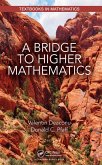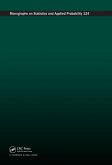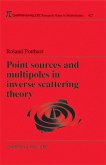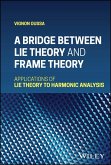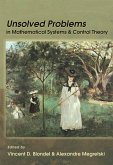Comprehensive textbook examining meaningful connections between the subjects of Lie theory, differential geometry, and signal analysis
A Bridge Between Lie Theory and Frame Theory serves as a bridge between the areas of Lie theory, differential geometry, and frame theory, illustrating applications in the context of signal analysis with concrete examples and images.
The first part of the book gives an in-depth, comprehensive, and self-contained exposition of differential geometry, Lie theory, representation theory, and frame theory. The second part of the book uses the theories established in the early part of the text to characterize a class of representations of Lie groups, which can be discretized to construct frames and other basis-like systems. For instance, Lie groups with frames of translates, sampling, and interpolation spaces on Lie groups are characterized.
A Bridge Between Lie Theory and Frame Theory includes discussion on:
A Bridge Between Lie Theory and Frame Theory is an essential learning resource for graduate students, applied mathematicians, and scientists who are looking for a rigorous and complete introduction to the covered subjects.
A Bridge Between Lie Theory and Frame Theory serves as a bridge between the areas of Lie theory, differential geometry, and frame theory, illustrating applications in the context of signal analysis with concrete examples and images.
The first part of the book gives an in-depth, comprehensive, and self-contained exposition of differential geometry, Lie theory, representation theory, and frame theory. The second part of the book uses the theories established in the early part of the text to characterize a class of representations of Lie groups, which can be discretized to construct frames and other basis-like systems. For instance, Lie groups with frames of translates, sampling, and interpolation spaces on Lie groups are characterized.
A Bridge Between Lie Theory and Frame Theory includes discussion on:
- Novel constructions of frames possessing additional desired features such as boundedness, compact support, continuity, fast decay, and smoothness, motivated by applications in signal analysis
- Necessary technical tools required to study the discretization problem of representations at a deep level
- Ongoing dynamic research problems in frame theory, wavelet theory, time frequency analysis, and other related branches of harmonic analysis
A Bridge Between Lie Theory and Frame Theory is an essential learning resource for graduate students, applied mathematicians, and scientists who are looking for a rigorous and complete introduction to the covered subjects.
Dieser Download kann aus rechtlichen Gründen nur mit Rechnungsadresse in D ausgeliefert werden.



